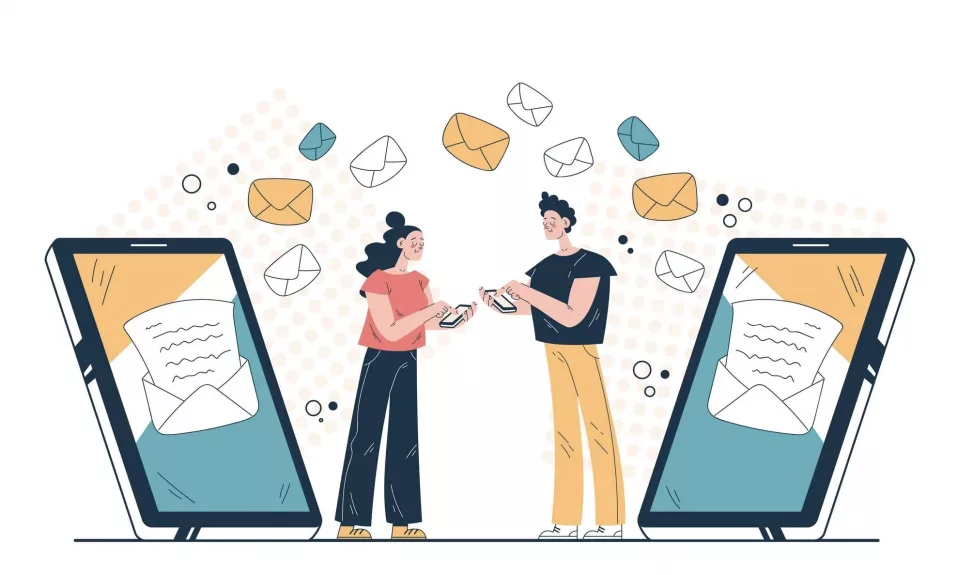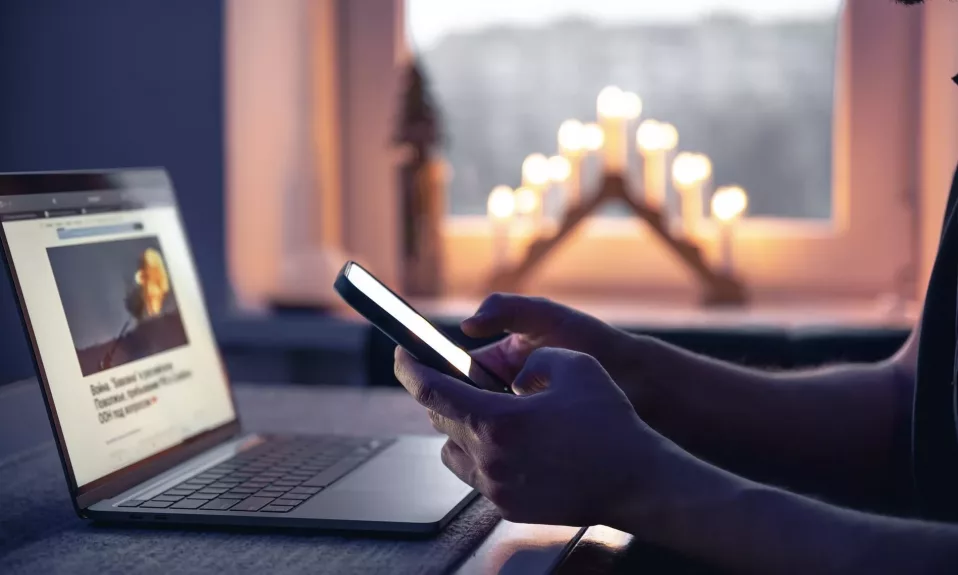Sending out an email with a noreply address is not only inconvenient for subscribers, but it can also negatively impact your business. In this article, we will discuss the drawbacks of using a noreply email address and how you can establish better communication with your subscribers.
The Downside of Using a Noreply Address
Using a noreply email address breaks a fundamental law of communication. Businesses often use these types of email addresses to send marketing emails or notifications, but recipients cannot directly respond if they have questions or concerns. This approach may seem more efficient for businesses in terms of managing emails, but it creates barriers between businesses and their customers.
Besides affecting your relationship with your subscribers, using a noreply email address can also negatively impact your deliverability rates. Inbox providers may place your emails in the Promotions tab instead of the primary inbox, which results in fewer conversions. Here are some reasons why should avoid using a noreply email address:
- Negatively impacts deliverability rates
- Makes subscribers feel disconnected from the business
- May be misleading or create confusion
- Frustrates customers who want to communicate with you
Email Deliverability Rates Suffer
When subscribers sense they cannot reply to your emails, they might stop opening them or even unsubscribe from your mailing list. As previously mentioned, emails sent from noreply addresses may also end up being filtered into the Promotions tab rather than the primary inbox. Ultimately, this means that your emails do not reach some of your subscribers, which reflects poorly on your marketing efforts.
Subscribers Feel Disconnected from Your Business
By using a noreply email address, you’re essentially telling your customers that their opinions and concerns don’t matter. This can negatively affect your subscribers’ trust in your brand. Instead of building walls between your business and its subscribers, provide more engaging communication by inviting them to reply or reach out with any questions.
Tips for Better Communication with Your Subscribers
To ensure better engagement and encourage open communication with your subscribers, follow these best practices:
- Use personalized email addresses for different departments or purposes
- Be transparent about the sender name and email address
- Include instructions on how to contact you in the email content
Personalized Email Addresses
Create an email address specific to each purpose: For example, use “[email protected]” for customer support, “[email protected]” for sales inquiries, etc. By doing so, it’ll make managing incoming emails easier while improving your email deliverability rates.
Transparency in Sender Name and Email Address
Avoid misleading your subscribers about the “From” section in your emails. Ensure that your sender name matches your email address, making it easy for customers to know who they are communicating with. Transparency helps in establishing credibility and trust among your subscribers.
Contact Instructions within Emails
Instead of using a noreply email address, include information on how customers can reach someone regarding their concerns within the email. If you choose to use automated receipts for transactional emails, also mention it in the email along with clear instructions on getting in touch with your team if necessary.
Conclusion: Communicate Better for a Healthier Business
Avoiding the use of noreply email addresses is crucial for building trust and strong relationships with your subscribers. Remember, communication is the key to growth and success in any business. By adapting these best practices, you can help improve deliverability rates, establish better connections with your customers, and ultimately drive more conversions.









